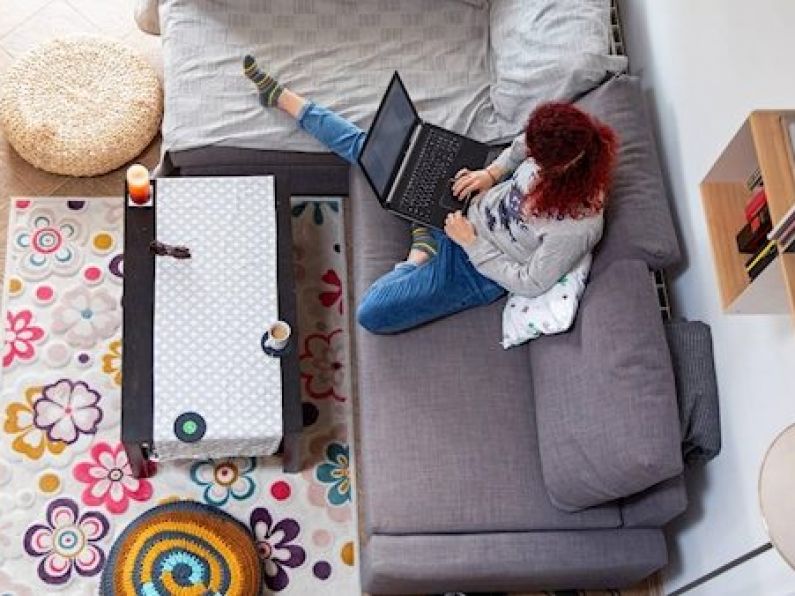Over half of people working remotely are sitting down for three hours more than they would if they were in an office.
A new MRBI survey commissioned by the Irish Heart Foundation is warning of the dangers of sitting down for long periods and calling on workers to move for a minute each hour during the working day.
They are also asking employers to shorten virtual meetings so workers can get up from their seat and move more regularly.
The survey which was conducted between August 1st and 10th, found that more than half of all workers in Ireland have been able to work from home since restrictions began, with 53 per cent of them sitting down for longer than when in the office or their usual place of work.
One in four of those who are sitting for longer are remaining sedentary for at least three hours more than previously.
Speaking about the survey Tara Curran, physical activity coordinator with the Irish Heart Foundation said:
“Sitting at work all day can increase a person’s risk of heart disease and stroke, and it may counteract the benefits of their regular exercise.
As working from home and video meetings become the norm, workers are increasingly tied to their laptops for hour after hour.
“We are urging them to get up and move regularly during their working day and would like to see employers make an effort to shorten meeting times on video conferencing.”
Staggered returns
Meanwhile, another survey says 85 per cent of Irish bosses have not discussed reducing office space in 2021
Business leaders are planning staggered returns, smaller workgroups and shifted hours as staff come back to the office, but have not officially discussed the prospect of reducing office space in 2021.
Recruiters.ie. surveyed more than 4,000 professionals, directors, business owners and managers in August 2020 about the future of work plans in response to Covid-19.
Only 36 per cent of respondents said they envisage having more than 80 per cent of their workforce back in the office in January 2021.
89 per cent of respondents are planning to split their workforce hours between home and the office with just 11% planning on full working weeks in the office.
20 per cent of respondents said they still “don’t know” when they will have more than 80 per cent of their workforce back in the office, owing to the level of continued uncertainty in workforce planning.
Despite the uncertainty and low levels of full working weeks expected in the office, 85 per cent of respondents have not officially met to discuss office space changes.






